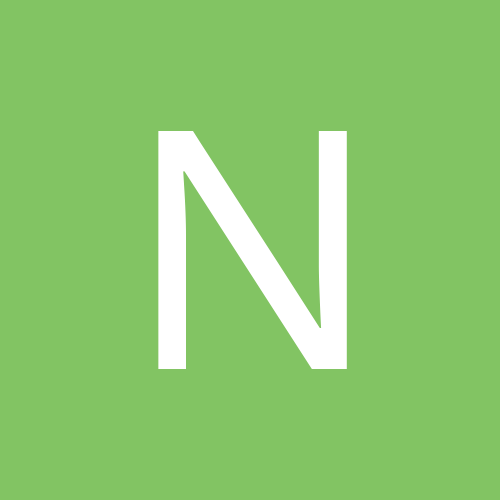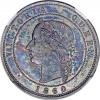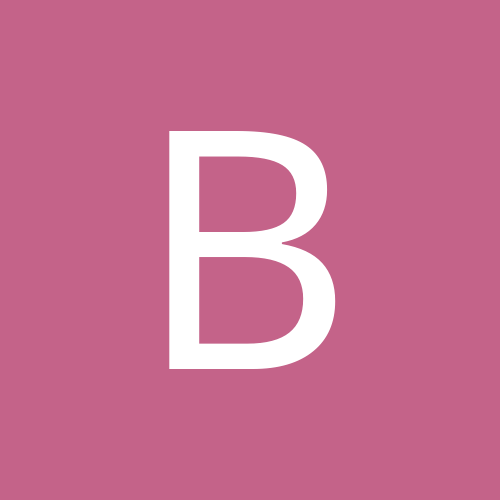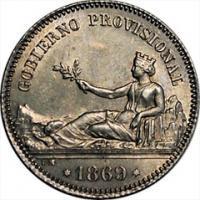|
|
The current range of books. Click the image above to see them on Amazon (printed and Kindle format). More info on coinpublications.com |
|
|
Search the Community
Showing results for tags 'bronze'.
Found 9 results
-
I could not find the previous discussion on the 79 shuttle type so I thought it best to start again. I managed to find another recently and this one is much better grade that the previous one . I know Jerry has another that he purchased at auction 152 item # 2434 and I listed another recently on a thread but on a search I could not find it again. It is clear on this specimen that the large lump of raised metal above the lighthouse is made up of four distinct units the base which takes on the appearance of the lighthouse used in later dates H rev I think it is (not that I am saying this is why it is I just mention it as the shape is similar) a blunt ended cone. The second layer seems to be similar in shape and form but offset to the left . A higher lump on the left base and lastly the highest section mid right. Interestingly it appears that the area below seems to be bordered by a fine raised line leading down to the top of the extant lighthouse. It may be that there is a depression. well it is an interesting variety (i think so in any case) the other one I have is the exact same outline but is less detailed (worn)
- 11 replies
-
- metal raised lump
- 1879
-
(and 5 more)
Tagged with:
-
Unfortunately, advancing age and the lack of a suitable heir compels me to divest myself of my copper and bronze coin collection. I’ve selected Heritage Galleries as my selling agent, and they have put together a “monthly auction” that cherry picks the collection’s farthings, halfpennies, and pennies. If you’re interested in high quality, certified specimens of numerous dates and die varieties, have a look at the Heritage website presentation of my collection.
-
I free-fall into dangerous territory here. You may ask "does it matter" or "who gives a rats arse" to which I would answer : if nothing else it makes us wonder ...why? There are many "penny people" on this forum and you all love this coin (as do I) but after about a year of this blind love affair ,as you know, I began to look with great care at the design. So I ask the forum why is it that Britannias hand is in an impossible pose and why is this obvious artistic flaw reproduced year after year. You see I cannot just be a blind collector, I cannot just see a bit of bling on a coin and go....wow! I would ask then you all to carry out a piece of experimental examination and feed back to me...please. But you have to do the experiment before you shout me down. sit in the exact same position that Britannia is in an get yourself a shield and a trident...no just a broom will do (if you have not yet fully converted to the dyson) I am a little old fashioned. now this is critical you must drop the left shoulder and angle the arm exactly as she has it. Take up your broom (not a call to revolt or to take up arms) now curl your fingers exactly as on the coin around your broom handle making sure to have the shaft cross the inside of the arm push it forward all the fingers must be evenly curling and I think the thumbs goes ...well it depends usually around the back. Now in your seated position twist back and take the weight on your shield...(I am sure you can be inventive) So can the hand ever be in this position can the fingers ever be in this position? Is it anatomically possible? If not why model it this way? What does it tell us about the attitude of the RM if anything? why did LCW allow it ? do it? if none of this matters to you that is also an important piece of the research game because if the public dont notice why bother to change it. This is todays challenge and even having done Yoga for many years; I can happily fold my leg behind my head and twist in to some ungodly positions, be careful not to strain yourself. Many thanks for your help ahead of it arriving. Have a good day Larry
-

why in obverse 6 does the flaw in the last colon FD: persist from 1861 to 1874
DrLarry posted a topic in Free for all
I posted a question on the design and aesthetic in bronze Victorian pennies which I would like to open a little. Obverse 6 is a common obverse in pennies from 1861 to 1874 in fact it is maybe the most common obverse, and so it seems safe to assume the obverse was copied over and over again to accompany a range of reverses. Yet there is a puzzle that I have mused over for a while and would be grateful for your thoughts. One of the characteristic ways to identify the obverse is the flaw on the last colon after FD why would the flaw be copied over and over again? Whilst the flaw is copied I have found a variety of legend alterations and corrections throughout this time span of 14 years of penny manufacture. To me this is confusing as much as the flaw is small on a tiny part of the design why would it not be corrected ? is it that the Mint did not care about it? Does it really matter? can it tell us anything about the history of the die? I know I bore you all with my questions but it seems a little strange and I would be grateful for any reasoning. Larry -
That conversation about the open 3 in the 1863 I wonder if anyone else has one so I might compare with mine. I am interested in details of the area above the three, and the structure of the upper part of the three. I will post mine for comparison I thought I might sell one for the charity and likely put it on ebay as an auction. But before I do I would like to make a brief study of the type. Thanks
-
I have been studying the bronze series for a few years under the microscope and would ask if anyone else has one of the the following in their collection: 1879 REV J penny large metal addition above the lighthouse. No sign of compression or metal distortion. Additional observation in subsequent examples of the 1879 penny show a raised mound and removal scars matching the form of the metal found on specimen A. The metal is at its highest 1 mm off the surface rises in the middle. defined edge and coincidentally seems to match reverse H lighthouse top. It is an intriguing metal addition and I would ask if anyone has any evidence in 1879 pennies of anything similar. In 3D visualisation of the anomaly there is no strike to any of the metal in the vicinity which could cause a ripple in the metal. Note that the metals medial apex would shift anything slightly to the left of the present light house REV J all other features so far remain the same for this die type, although I have to look in more detail.
-
New to the forum, but love the discussions! I have a Roman bronze that I can not identify, despite hours of research. Can anyone help? It's a Roman Republic ae (bronze), with Janus on the obverse, and Roman vessel, prow right on the reverse - but "Roma" is ABOVE the prow. I've only ever seen Minerva obverses with Roma above and the prow and Janus bronzes all with Roma below. I myself found this one in the ground in the UK, so I have no reason to believe it's counterfeit. Anyone have and info? Thanks in advance! Bil
-
Hi all. I have a couple of pieces with an unusual look (and not in a good way) that I would like to share. I would love to have your opinion. First of all, this bun head penny that has a strange 'spotted' or marbled lustre. Is this normal? It appears to have a very weak strike too. Second, this halfpenny that has lustre covering one third (from 12 o'clock to 4:00) and the rest is dark. I was on the understanding that lustre fades out with wear, and logically this happens uniformly and first to the fields and exposed areas. However the pattern shown by this piece suggests some sort of partial dipping. Any ideas, apart from having been partially exposed to the elements?
-

Sourcing Coins - Not At Auction
Not At Auction posted a topic in British Coin Related Discussions & Enquiries
Hi All, Having been avid antiques collectors for some time we have become somewhat disillusioned by the process of paying auction fees and the process of sourcing (or attempting to source!) hard-to-find items, as I’m sure many of you can relate to! With this in mind I wanted to introduce you to a new concept we are trialling called Not At Auction. So far we have had matches to over 80% of the requests made on the website which has been phenomenally successful! It’s completely FREE and very simple - post a request of what you after with any background info/pictures and we will send it to over 2,500 sellers – we will then alert you with any matches for sellers that have your wanted items. Please feel free to post as many requests as you like. Similarly you can click on ‘View requests’ if you have any items you wish to sell Please visit - http://notatauction.co.uk/ and have a go. It’s not just antiques but anything collectable. Would love to hear any feedback you have on the idea and hope you enjoy using it! Thanks Chris & Tom (The Not At Auction team)
 Coinpublications.com
Coinpublications.com



